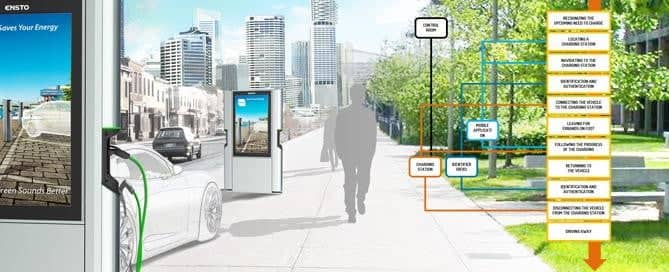
Designing Complex Systems
Designing Complex Systems
Traditional product design focuses on the design of physical objects, with aesthetics and ergonomics as the guiding factors in the designer’s work. The same basic principles apply to designing software user interfaces.
But things are changing at an ever-increasing speed. We live in a world of interconnected items, spaces, processes and people, where overlapping systems form complex networks. Focusing design activities on individual manifestations of a system is no longer enough – it will result in a fragmented user experience.
Service design tries to address this development by putting an emphasis on people’s paths and interactions within a system. This works well in systems consisting mostly of people and spaces, such as designing the service experience of visiting a shop. However, many systems contain a great number of high-tech elements and environments with strict requirements for efficiency and safety. This is where both service design and product design, when applied separately, fall short.
A modern approach to design encompasses all aspects of the system at once. It applies user-centered methods to design the entire system – its elements and their interconnections – including spaces, processes, physical items and software interfaces.
Take the Ensto Chago electric vehicle charging ecosystem as an example. The system consists of physical items (different charging posts, charging cables and connectors, vehicles, payment terminals), software interfaces (on charging posts, terminals, mobile phones, PCs), spaces (garages, parking lots, control rooms), and processes (authenticating, connecting, monitoring, paying, servicing). People interacting with various aspects of the system benefit from a coherent user experience, which in turn is a key element in making things run smoothly and safely.
The task of designing a complex system is not an easy one. Not every designer has the skills or the technical knowledge to take up the task. Those who do are the ones who define the future.
| Are you interested in Gaining the Design Advantage? Do you have questions? We’re happy to answer any enquiries – with over 40 years and 3000 projects of experience. CONTACT US! |